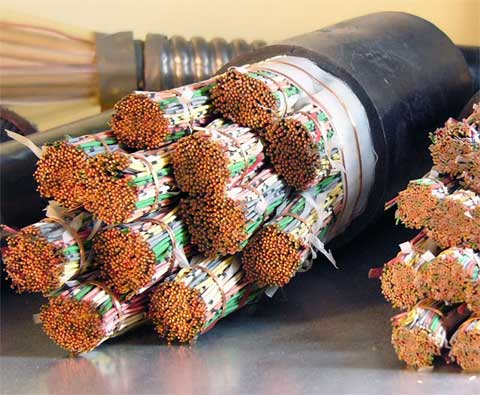Copper networks are used successfully in telephone networks around the developed world; why should Australia be any different?

The Financial Review reports that global telecommunications experts have thrown support behind claims that Telstra’s copper wiring can deliver faster broadband speeds for years to come, despite concerns over the age and quality of the telephone network.
The federal government plans to scale back the national broadband network by reducing the number of homes that receive fibre optic connections.
It instead will rely more heavily on Telstra’s existing network, sparking discussions over whether wiring more than 100 years old in some places is capable of meeting Australia’s future needs.
But those involved with technologies set to be rolled out in Australia said many of the problems associated with aged copper had been solved through trials in Europe and Asia.
“You’d be naive to think that you’d be able to roll out fibre-to-the-node and all the copper works: it doesn’t happen, based on the infrastructure; but there are options to overcome that,” said Sean O’Halloran, the managing director for French telecommunications vendor Alcatel-Lucent in Australia. “We’re not concerned about that because we think it’s something that can be managed in the project.”
Both Alcatel-Lucent and chief rival Huawei have been proponents of ¬pushing copper wiring to its physical limits, using higher frequencies or noise-cancelling technologies to prevent other copper cables and household appliances from affecting broadband speeds.
Telstra and NBN Co executives have spent recent weeks meeting with European carriers to discuss the potential issues in using existing copper wiring, and view trials of the technology, which have provided speeds of up to 90 megabits per second outside of laboratories.
“Telephone networks have been built around the world for 100 years and they’re all made out of copper, they’re almost the same, so I don’t know why Australia would be any different,” said Mike Wright, Telstra’s executive director of networks. “Ultimately it’s going to be impacted on how you decide and what you decide to build, and that I don’t know. I can’t see why the challenges would be any different.”
Dr John Cioffi, a co-inventor of the noise-cancelling vectoring technology set to be used as part of the NBN, said there were few marked differences in global copper networks.
“It may be a little worse in some of the developing countries in terms of the nest of wires . . . but it has nothing to do with the quality of the network,” he said. “Many of the telcos will try to say they’ve engineered their [copper] network better, but we haven’t really seen that.
Read the full article at: http://www.afr.com/p/technology/telstra_copper_network_backed_to_cSAUUINnkDELhP7Hqa31KK

